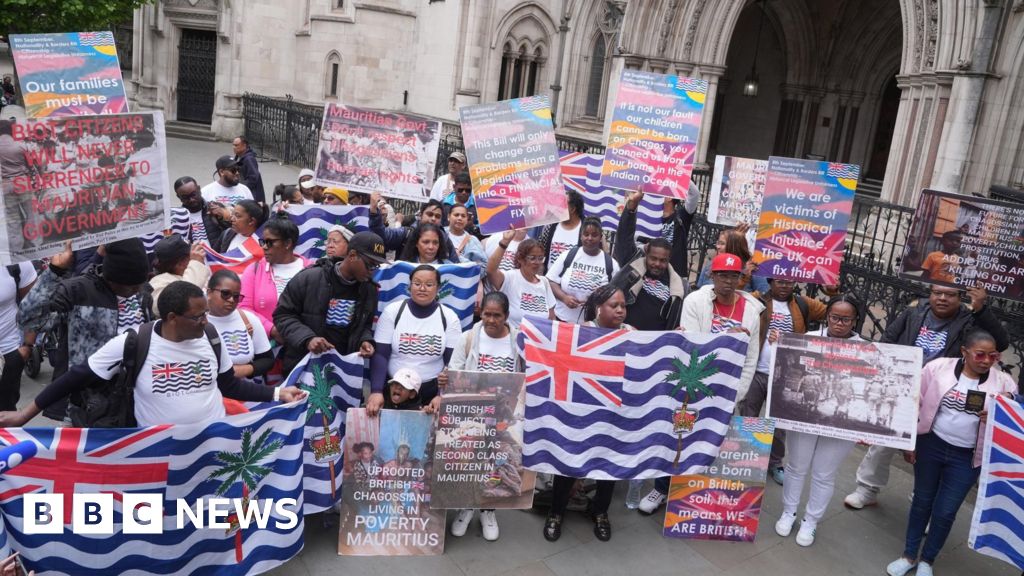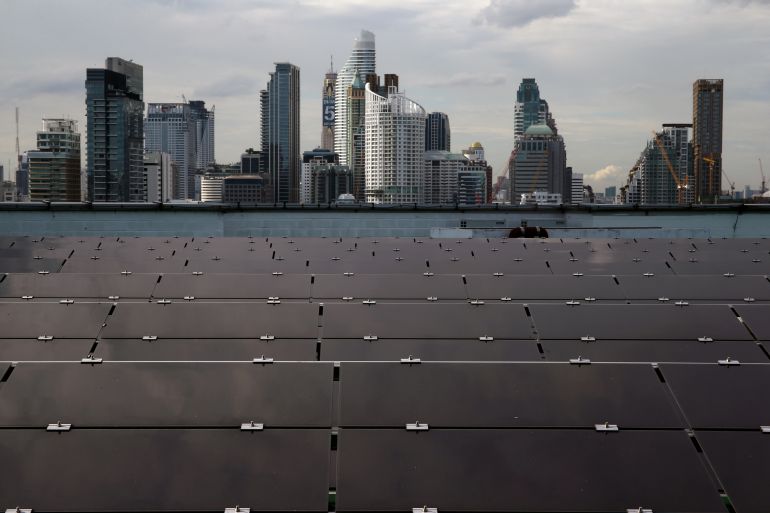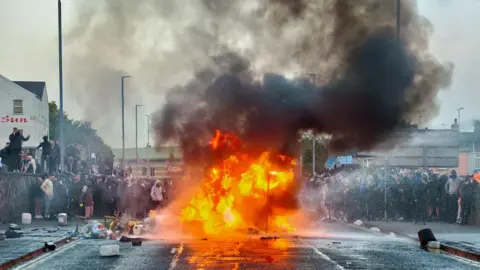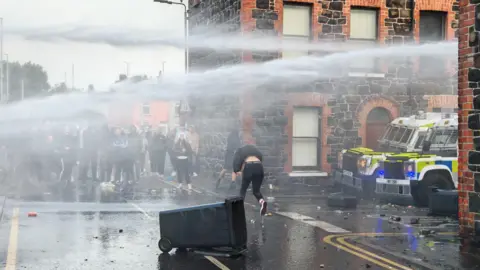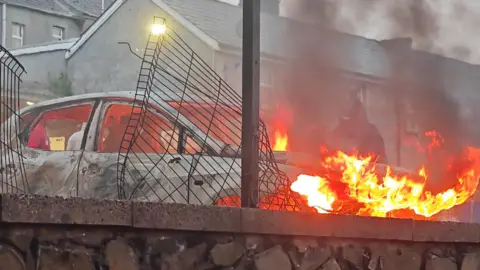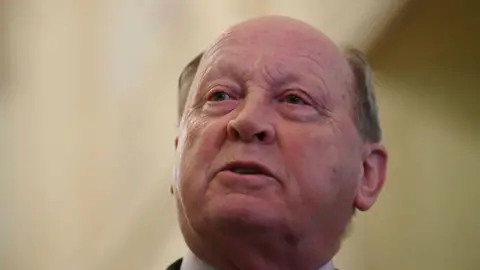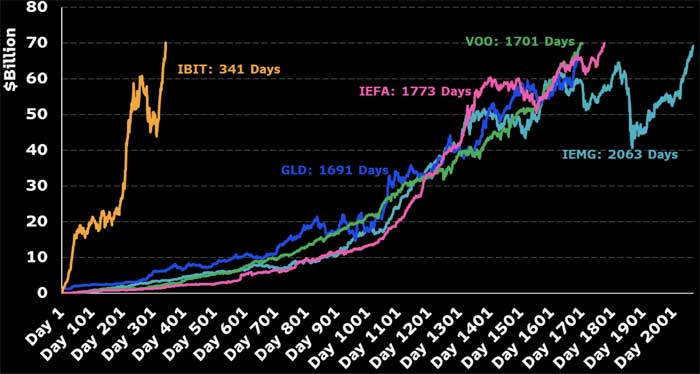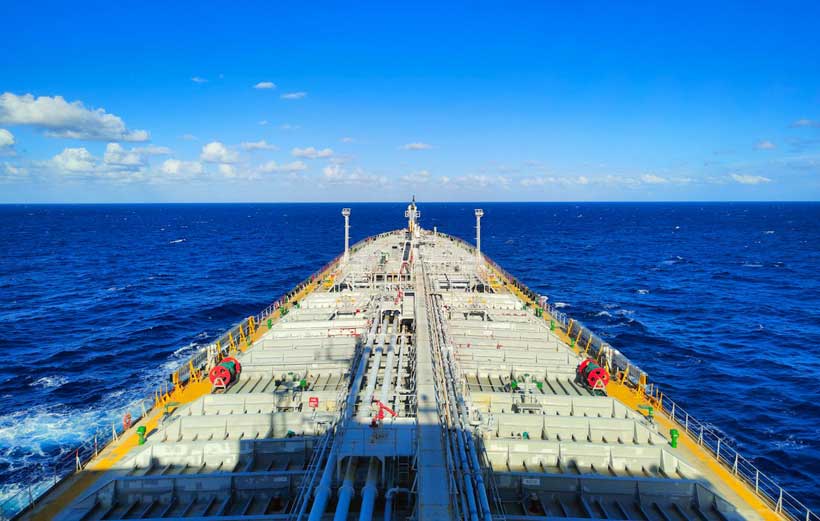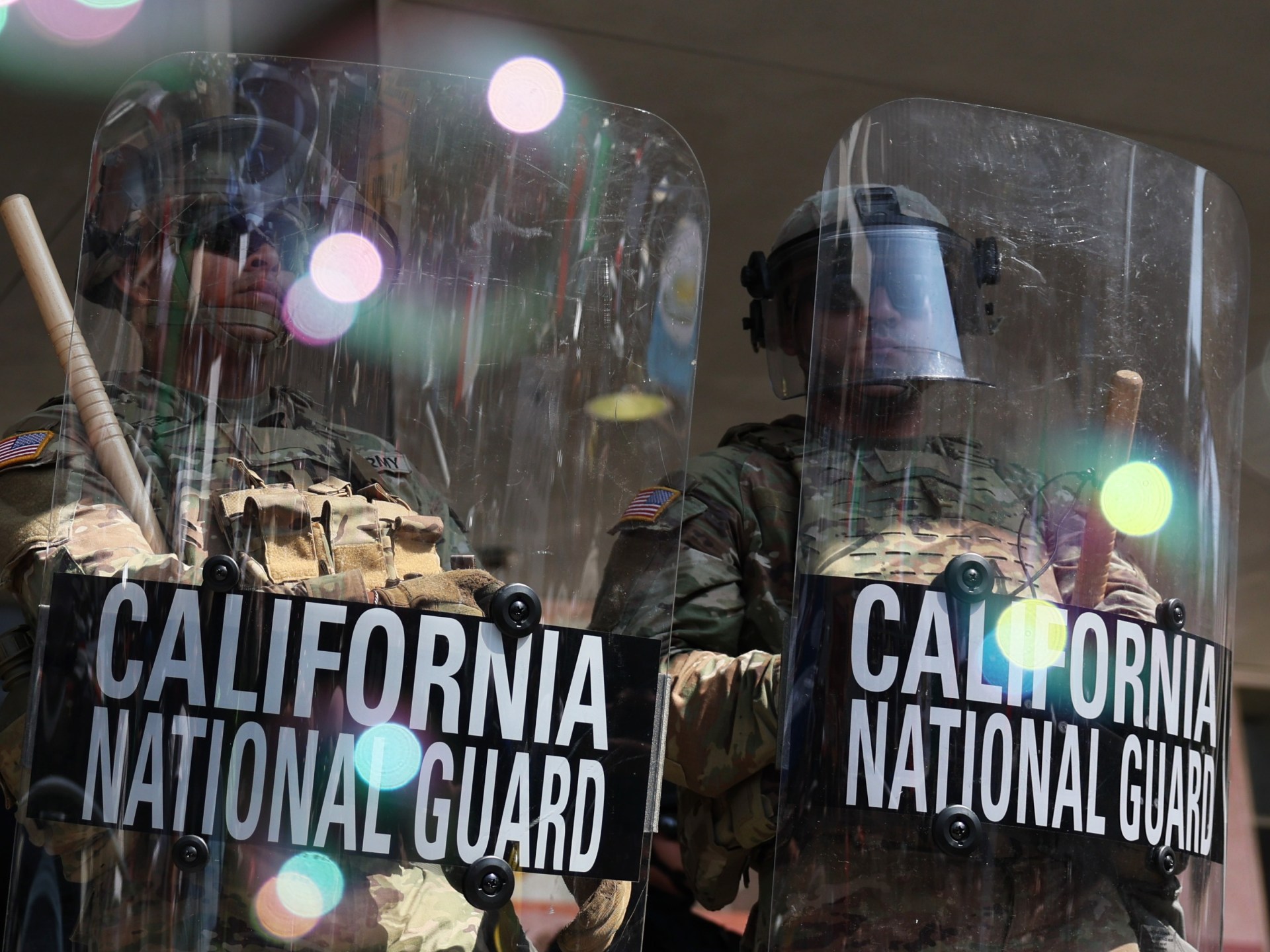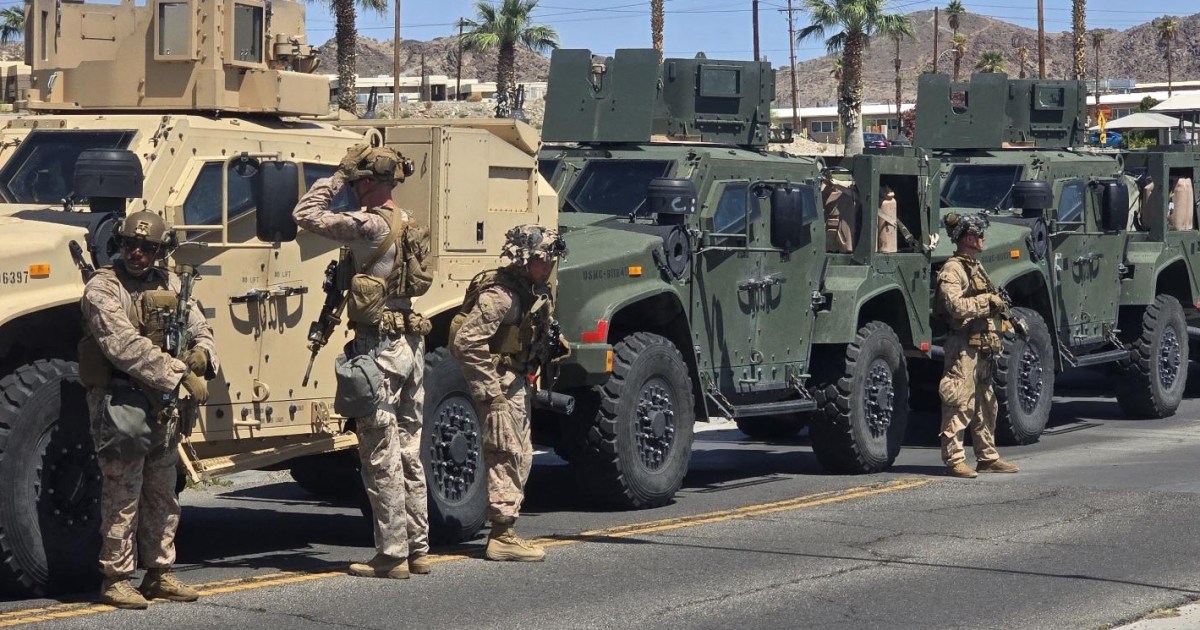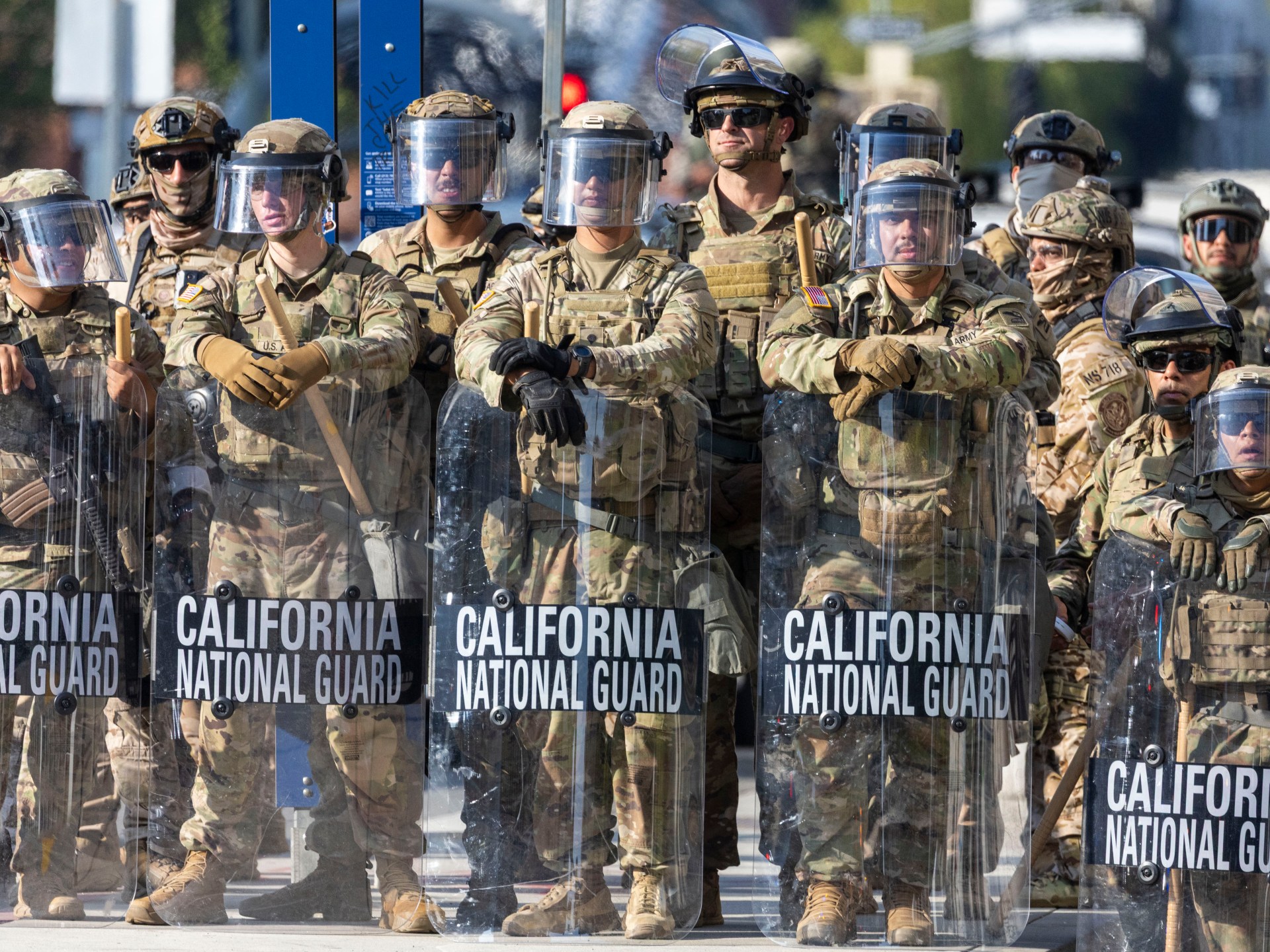Australia is approaching a moment of strategic reckoning in Asia. For years, it has maintained a posture of alliance loyalty to the United States while professing regional engagement. This balancing act is losing credibility.
As Warwick Powell, adjunct professor at Queensland University of Technology and senior fellow at Taihe Institute in Beijing, observes, Australia is increasingly viewed by Southeast Asian nations not as a regional partner but as an actor pursuing extra-regional agendas. The habits of strategic ambiguity are no longer fit for purpose.
The region faces converging challenges: intensifying great power competition, accelerating climate disruption, and growing political fragmentation. Yet the 2025 Shangri-La Dialogue revealed little recognition of this reality.
There was no serious discussion of climate as a security issue, and China chose not to attend. These silences at Shangri-La matter. As Admiral Chris Barrie has warned, climate change presents the most immediate threat to Australia’s security and stability. He has called for a new national climate intelligence capability and urgent reorientation of defense strategy.
Keating’s enduring observation remains relevant. Australia will not find its security from Asia, but in it. That vision has been sidelined by a bipartisan consensus around AUKUS, preserved more from inertia than necessity.
With a strong majority in the House and recent Greens defections in the Senate, the Albanese government no longer requires this alignment to govern. It now has the opportunity to reassess and reset.
This is Australia’s ASEAN moment. The choice is between continuing to defer to distant agendas or stepping forward as a credible, sovereign leader in the region. The time for inaction has passed.
Losing the Region—Powell’s Warning
Powell’s recent analysis delivers a pointed diagnosis of Australia’s standing in Southeast Asia. Regional governments increasingly view Canberra not as a constructive partner, but as a proxy advancing external interests.
As Australia strengthens its alignment through frameworks such as AUKUS and deepens its strategic dependence on the United States, it drifts further from the multipolar outlook now shaping the region.
This divergence was clearly visible during the Shangri-La talks in Singapore. Malaysian Prime Minister Anwar Ibrahim reaffirmed ASEAN’s position of strategic non-alignment, stating, “We won’t choose sides.”
His remarks reflect a growing resolve among Southeast Asian nations to assert agency in the face of great power rivalry. The absence of China from the Dialogue was just as significant. Its decision not to attend signalled a breakdown in regional dialogue and rising mistrust of Western-led security platforms, even as the region confronts converging risks that demand cooperation.
This fragmentation leaves Australia exposed. While countries such as Indonesia and Vietnam are deliberately hedging, engaging the United States, China, and one another without locking into rigid blocs, Australia has placed itself firmly within a binary security framework. That decision undermines its relevance in a region that no longer sees power through Cold War lenses.
Powell’s warning is clear. Australia is at risk of losing the region not through neglect, but through strategic misalignment. Rebuilding trust will require more than reassurance. It will require a visible shift in posture, purpose, and the substance of Australia’s regional engagement.
The Keating Contrast—Abandoned Independence
At a time when Australia’s regional credibility is under strain, it is worth recalling the last prime minister to articulate a confident, independent vision for Asia: Paul Keating.
He recognized that Australia’s future would be shaped not by its proximity to traditional allies, but by its integration with the region. Keating argued that Australia must find its security in Asia, not from it, framing strategic independence as a prerequisite for regional respect.
Unfortunately, that vision has been sidelined. In its place, Australia has adopted a defense posture that prioritizes transoceanic alliance obligations over sovereign strategic design.
Despite ministerial rhetoric about listening to Southeast Asia, the Albanese government has largely maintained the security architecture of its predecessors. The bipartisan unity around AUKUS is being preserved not out of necessity, but out of habit.
The political landscape has shifted. With a firm parliamentary majority and shifting Senate dynamics, the Albanese government now governs from a position of confidence.
This presents an opportunity to chart a course independent of inherited defense orthodoxy, allowing for a recalibration of the nation’s strategic settings, and to realign its security posture to restore regional credibility.
Hugh White has argued that Australia must develop a self-reliant defense capacity. Keating reminds us that sovereignty is the foundation of regional trust. Both point toward the same conclusion. Australia must make choices grounded in its own interests, not inherited reactions, but sovereign priorities.
The Forbidden Threat—Climate Collapse as the Real Security Challenge
While Australia’s defense debate remains fixated on hypothetical conflicts and future weapons platforms, the most immediate and destabilizing threat in the region is already unfolding: climate disruption. Sea-level rise, collapsing food systems, water insecurity, and intensifying weather extremes are straining state capacity, regional cooperation, and economic stability. These risks are not abstract; they are accelerating.
Yet the 2025 Shangri-La Dialogue failed to formally address climate security. No multilateral framework was proposed to tackle ecological disruption, and no regional initiative was announced to manage displacement or enhance food system resilience. That China chose not to attend the Dialogue only reinforced the lack of coordinated leadership in the face of shared risks.
This neglect of climate as a strategic issue reveals a deeper problem. Security planning remains anchored to twentieth-century concepts of threat, despite clear evidence that ecological systems now shape the landscape of conflict and cooperation. The regional security architecture is ill-equipped to meet these challenges.
Australia cannot lead in the region while ignoring the risks that matter most to its neighbors. Climate change is not peripheral; it is the context within which all other issues now unfold. Ecological security must be viewed not as an add-on to national strategy, but as its foundation.
Admiral Chris Barrie’s Climate Imperative
Admiral Chris Barrie has emerged as one of Australia’s leading voices on the intersection of climate change and national security. As a former Chief of the Defence Force, his warning is clear: the most immediate threats to Australia will not come from hostile navies but from disrupted ecosystems, broken supply chains, and mass displacement across the region.
Barrie has consistently argued for a broader conception of security. He calls for the establishment of a national climate threat intelligence capability and a strategic reassessment of defense investment allocation.
His emphasis is not on rejecting military preparedness but on adapting it to the realities of a climate-disrupted world. This entails reallocating resources toward civil resilience, logistics, infrastructure hardening, and anticipatory intelligence.
At the Shangri-La talks, United States Defense Secretary Pete Hegseth called on Indo-Pacific allies to increase defense spending to 3.5 percent of GDP.
Barrie would not dispute the need for greater investment. But he would challenge the logic behind it. More submarines or missile systems will not secure Australia against water insecurity, regional migration crises, or the collapse of vital infrastructure.
A modern defense strategy must be grounded in environmental foresight and regional interdependence. It must prepare for cascading, interconnected disruptions, not simply conventional threats. In this view, spending more is not enough. Australia must spend wisely and in ways that build adaptive, sovereign capacity to meet the challenges already unfolding.
A New Compact with Asia—Reimagining Leadership
In a previous article, I argued that the Coalition’s failure to engage meaningfully with regional climate diplomacy reflected a strategic blind spot that undermined Australia’s credibility. That failure created space for Labor to lead.
With a clear majority in the House and recent defections from the Greens in the Senate, the Albanese government is no longer dependent on inherited defense orthodoxy to govern. It has the mandate and the responsibility to chart a different course.
The unity ticket with the Coalition on AUKUS may have served a political purpose, but it is no longer essential. The region does not need alignment. It needs leadership—anchored in capability and trust. Australia must demonstrate that it understands the security needs of Southeast Asia and the Pacific and is willing to lead in response.
Meeting U.S. Defense Secretary Pete Hegseth’s call to lift spending to 3.5 percent of GDP is achievable. But that spending must serve Australia’s own strategic priorities. It should support Hugh White’s vision for a self-reliant force, and it must advance Admiral Chris Barrie’s call to prepare for the systemic consequences of climate change. Sovereignty now depends not only on defense capability but also on ecological readiness, civil resilience, and regional cooperation.
Ken Henry’s warning against short-termism remains relevant. His leadership of the 2012 Australia in the Asian Century White Paper reflected an understanding that long-term security must integrate economic, environmental, and strategic foresight. That insight is more urgent now than ever.
Australia could lead the development of a Climate Resilience Compact with ASEAN, focused on adaptation finance, early warning systems, and joint infrastructure investment. These initiatives would reinforce regional stability, build long-term credibility, and restore Australia’s standing as a partner rather than a proxy.
This approach would also align with French President Emmanuel Macron’s call in Singapore for a third way in regional affairs. His vision of a cooperative Eurasia, shaped by middle powers and not defined by major power rivalry, speaks directly to the moment of geopolitical recalibration Australia must now embrace. The tools are at hand. What is needed now is resolve.
Strategic Spending for a Different Century
Defense spending must increase—not to prepare for someone else’s war, but to build the strategic, ecological, and societal resilience necessary for the century we are already in. Australia needs more capability, but of a different kind.
That means investing in economic sovereignty, with secure supply chains and domestic capacity in critical industries. It means strengthening cyber and digital infrastructure to defend not only borders but also networks and information systems.
It also means preparing for climate-driven displacement and regional instability by building humanitarian logistics and planning for migration and crisis response. Civil defense and national infrastructure resilience must become core security priorities, capable of protecting communities from floods, fires, and system shocks.
Soft power matters too. Australia must rebuild regional trust through strategic communications, education, and long-term relationships, not just treaties and defense platforms.
And it must plan with the future in mind, embedding intergenerational thinking into every major investment, in line with what Henry has called for across national policy.
These are the foundations of a secure, sovereign Australia. More spending is needed, but it must serve the world we are entering, not the one we are leaving behind.
Conclusion—A Sovereign Future Begins in the Region
Australia stands at a point of strategic inflection. The architecture of the old order is fraying. The assumptions that underpinned decades of defense and foreign policy are no longer sufficient.
As Warwick Powell has warned, alignment without purpose risks diminishing Australia’s standing in the region it most depends on. The habits of subordination must give way to a posture of agency.
The region is evolving. Middle powers are asserting independence, ASEAN is upholding non-alignment, and the Indo-Pacific is emerging as a theater not just of competition but of ecological disruption and social upheaval.
The defining threats of this era—ecological disruption, infrastructure risk, and forced migration—are systemic, not hypothetical.
The Albanese government possesses electoral authority, parliamentary confidence, and regional goodwill. It no longer needs to defend inherited positions; it can lead. This leadership must start by redefining national security for the twenty-first century.
Barrie warns of ecological risk, while Henry emphasizes that serious nations plan for the long term. Hugh White reminds us that dependence is not strategy—self-reliance is. Paul Keating’s insight was not rhetorical; it was strategic: security is found in Asia, not from it.
Together, these voices advocate for a different kind of strength. One built on stewardship rather than subservience, cooperation rather than coercion, and the capacity to endure rather than merely to respond.
This is Australia’s ASEAN moment. To remain relevant in the Asian century, Australia must lead as a trusted regional partner, not as a tethered auxiliary. Drift is no longer an option; purpose must now prevail. Sovereignty begins not in reaction to threats, but in the purposeful shaping of what endures.
